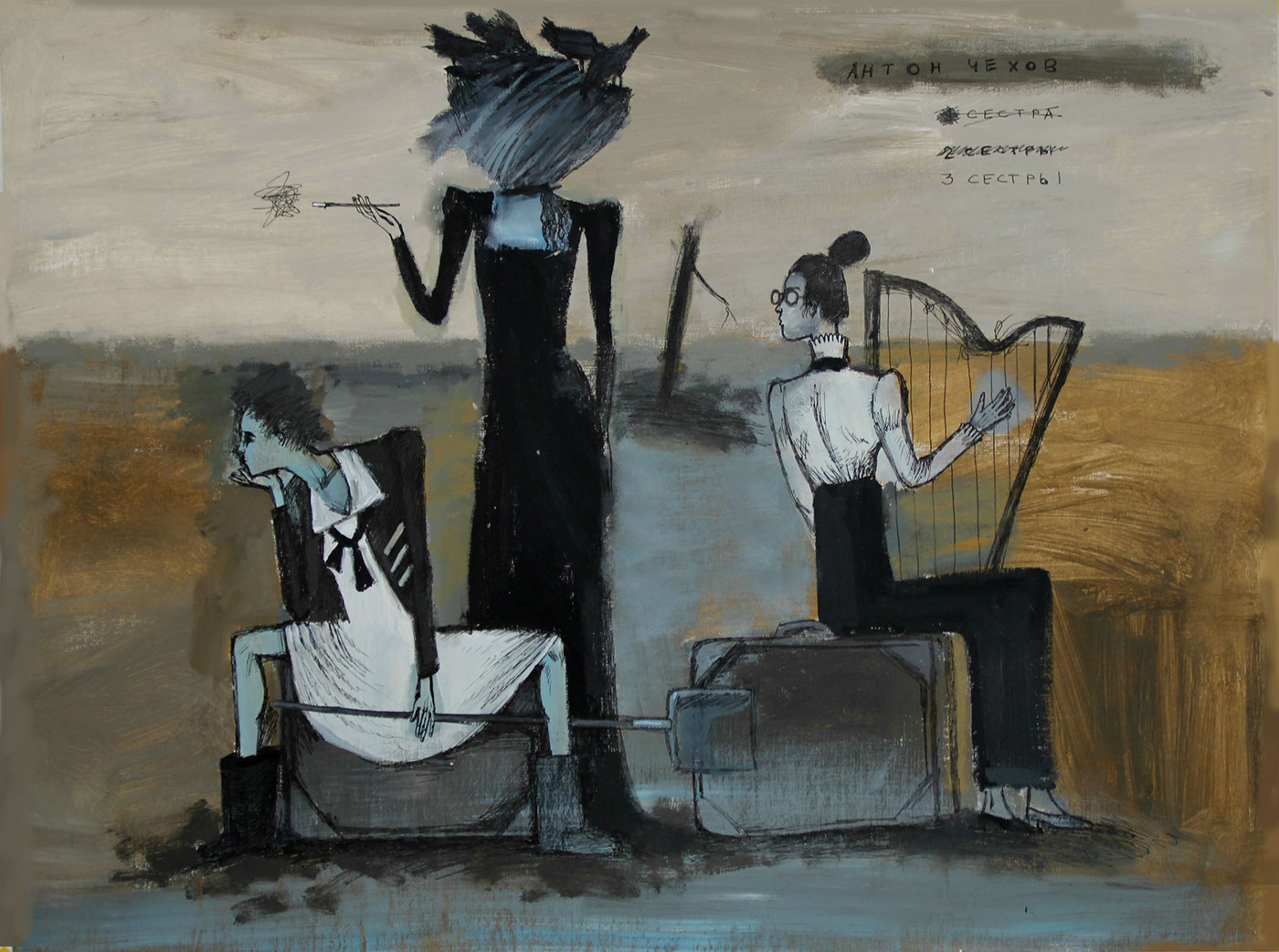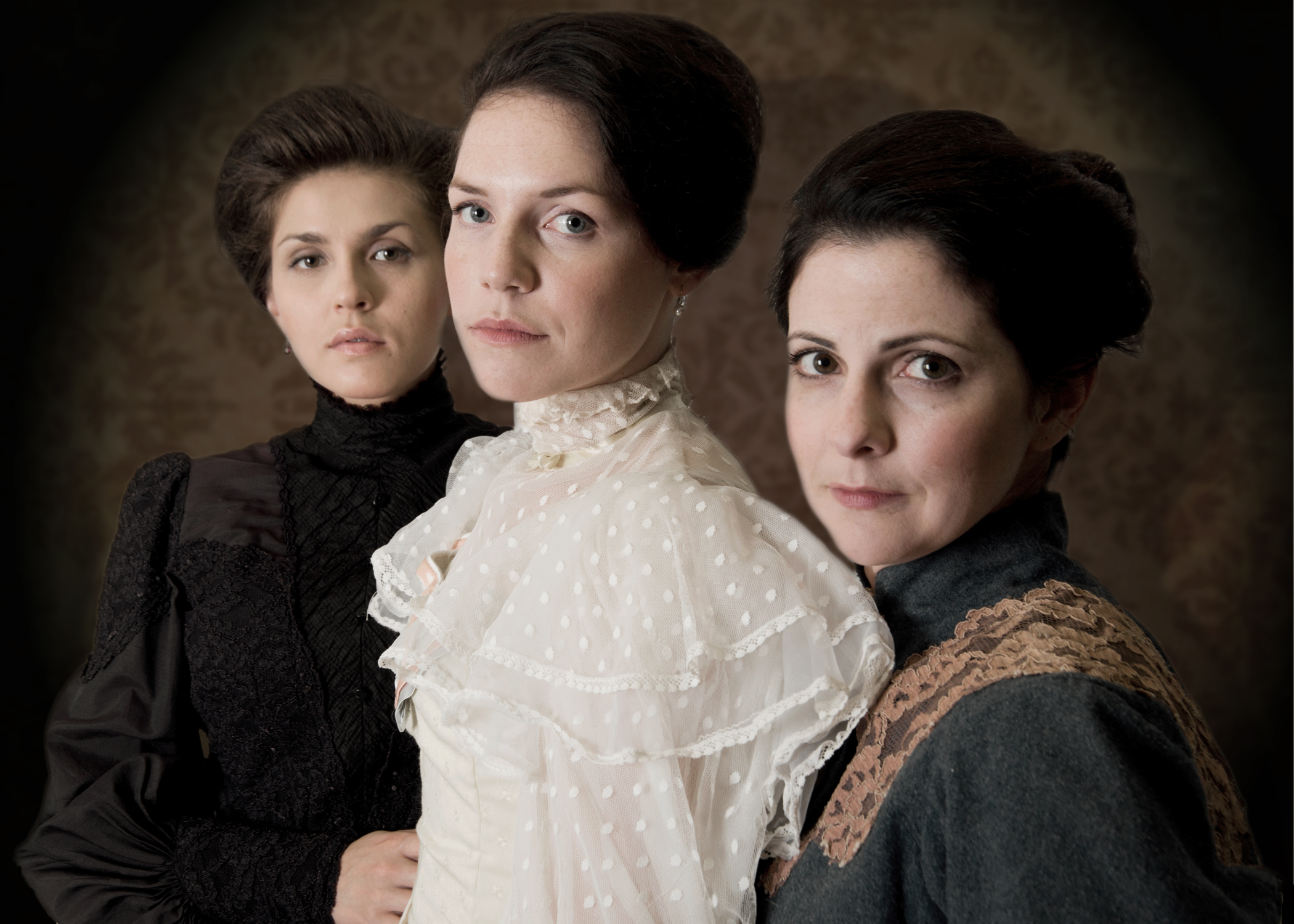

Their stories are very specific, painting a picture of pre-revolutionary Russian society, yet timeless.įrom the late 1890s onward, Chekhov collaborated with Constantin Stanislavski and the Moscow Art Theater on productions of his plays, including his masterpieces The Seagull (1895), Uncle Vanya (1897), The Three Sisters (1901) and The Cherry Orchard (1904).

Not much seems to happen to his lonely, often desperate characters, but their inner conflicts take on great significance. In his plays of these years, Chekhov concentrated primarily on mood and characters, showing that they could be more important than the plots. 6” and “The Lady with the Dog,” he revealed a profound understanding of human nature and the ways in which ordinary events can carry deeper meaning. In his short stories of that period, including “Ward No. Major WorksĬhekhov wrote many of his greatest works from the 1890s through the last few years of his life. Plays such as Ivanov (1887) and The Wood Demon (1889) told stories about educated men of the upper classes coping with debt, disease and inevitable disappointment in life. His earliest plays were short farces however, he soon developed his signature style, which was a unique mix of comedy and tragedy. Like most of Chekhov’s early work, it showed the influence of the major Russian realists of the 19th century, such as Leo Tolstoy and Fyodor Dostoyevsky.Ĭhekhov also wrote works for the theater during this period. His story “The Steppe” was an important success, earning its author the Pushkin Prize in 1888. His pieces appeared in the newspaper New Times and then as part of collections such as Motley Stories (1886). Early Writing Careerĭuring the mid-1880s, Chekhov practiced as a physician and began to publish serious works of fiction under his own name. With his father still struggling financially, Chekhov supported the family with his freelance writing, producing hundreds of short comic pieces under a pen name for local magazines. Chekhov finally joined his family in Moscow in 1879 and enrolled at medical school. When Pavel’s business failed in 1875, he took the family to Moscow to look for other work while Chekhov remained in Taganrog until he finished his studies. His father, Pavel, was a grocer with frequent money troubles his mother, Yevgeniya, shared her love of storytelling with Chekhov and his five siblings. Youth and EducationĪnton Pavlovich Chekhov was born on January 29, 1860, in Taganrog, Russia. Chekhov died of tuberculosis on July 15, 1904, in Badenweiler, Germany. Through stories such as "The Steppe" and "The Lady with the Dog," and plays such as The Seagull and Uncle Vanya, Anton Chekhov emphasized the depths of human nature, the hidden significance of everyday events and the fine line between comedy and tragedy.


 0 kommentar(er)
0 kommentar(er)
